Explaining “Otoso,” & a Mirin Chai Recipe
Last October, American food professionals visited fermented food producers to deepen their knowledge of Japanese fermentation culture during the “Hakko Tourism in Japan” tour campaign. As part of the tour, organizers held a tasting session where guests gave candid advice from the perspective of the American market to food product manufacturers looking to enter the United States market.
There are only a few days left in the year, and surely many Japanese households are stocking up on hon mirin to prepare traditional New Year’s feasts. Mirin plays a substantial role in many of the dishes served during a Japanese New Year’s celebration, and it’s also specifically a part of the “otoso” tradition.
Otoso – A wish for good health and fortune for the coming year
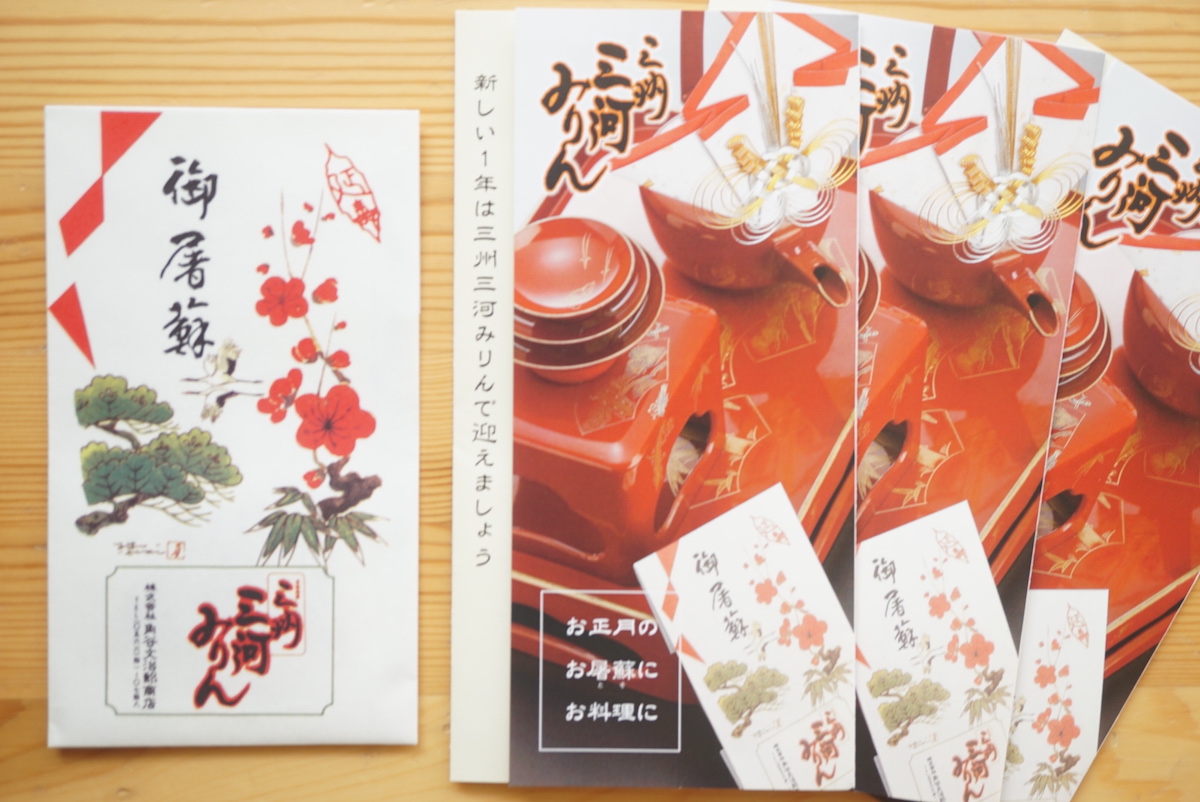
Otoso is an alcohol elixir made from various herbs and spices and is imbibed to help usher in good health and fortune for the year to come. The medicinal herbs and other components in the beverage include:
Chinpi, which is said to improve blood circulation
Keihi (cinnamon), which is said to encourage perspiration, may have antifebrile properties, and helps regulate the gut biome
Kikyo (Chinese bellflower), an expectorant, sedative and painkiller in Chinese medicine
Hakkaku (Chinese bellflower), an herbal medicinal spice known for antibacterial and stomach health benefits
Bai Zhu, a plant whose roots are consumed in Chinese medicine
Siler plant, a root known for encouraging perspiration, its antipyretic properties, and anti-inflammatory effects
There are multiple theories on the origin of the word “otoso,” but it carries the meaning of “eliminating the bad and inviting in the good.” During the Japanese New Year’s holiday, otoso is prepared on New Year’s Eve to ensure good health and safety, and is imbibed on New Year’s morning after the New Year’s greetings are made with the family and before the New Year’s festive dishes such as ozoni are served. Dishes are served to family members from the youngest to the oldest. Otoso, similarly, is first imbibed by the youngest (drinking age) members of the family, up to the oldest.
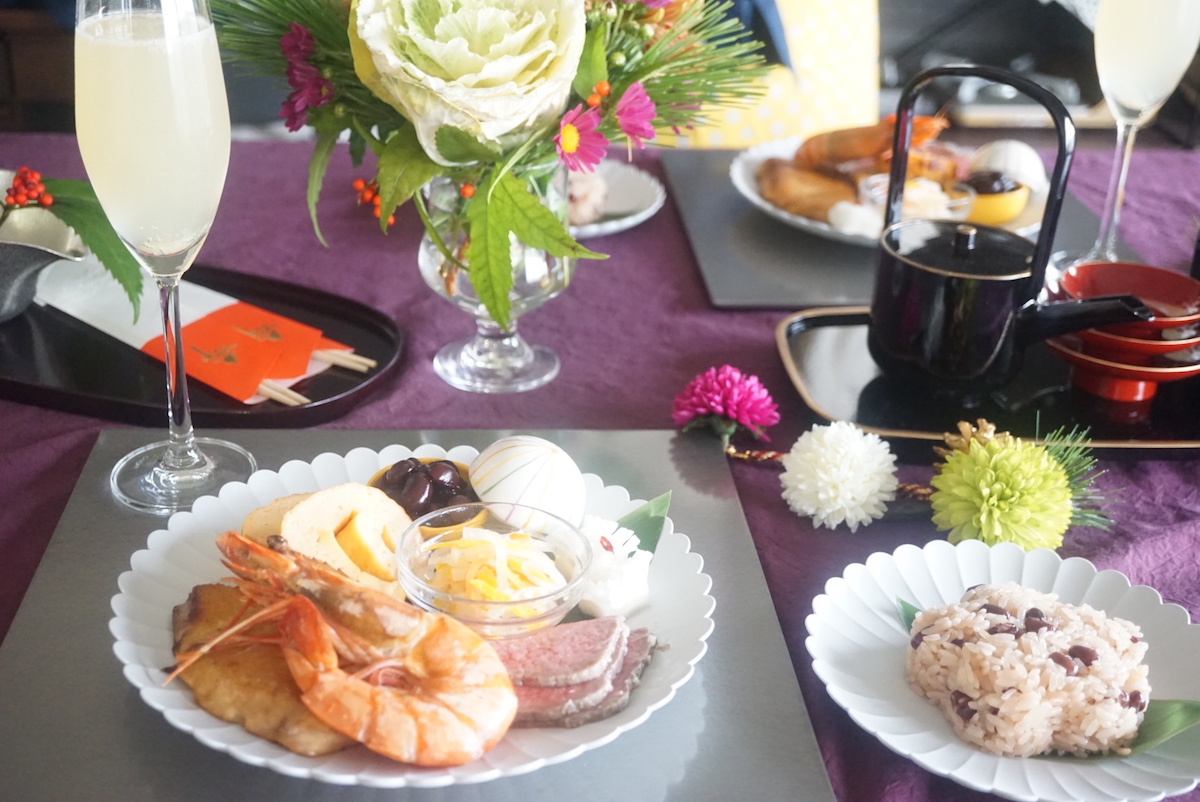
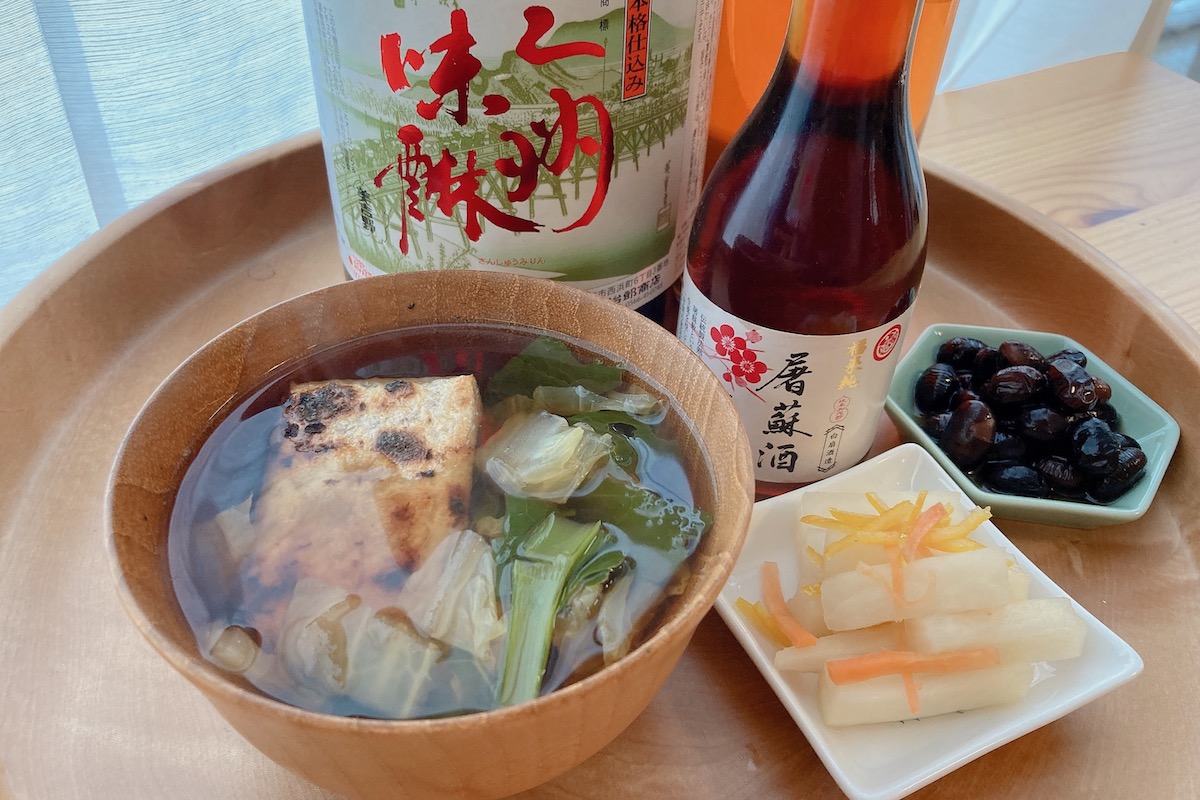
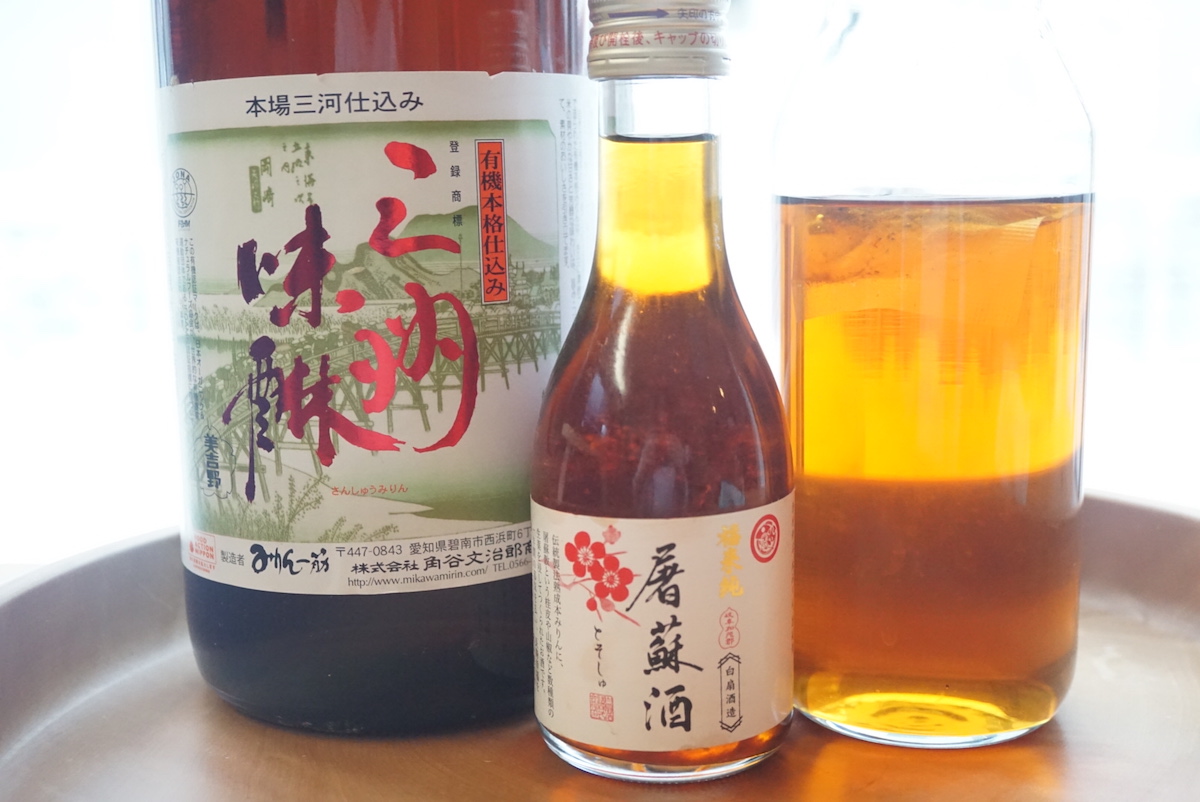
Otoso mirin chai
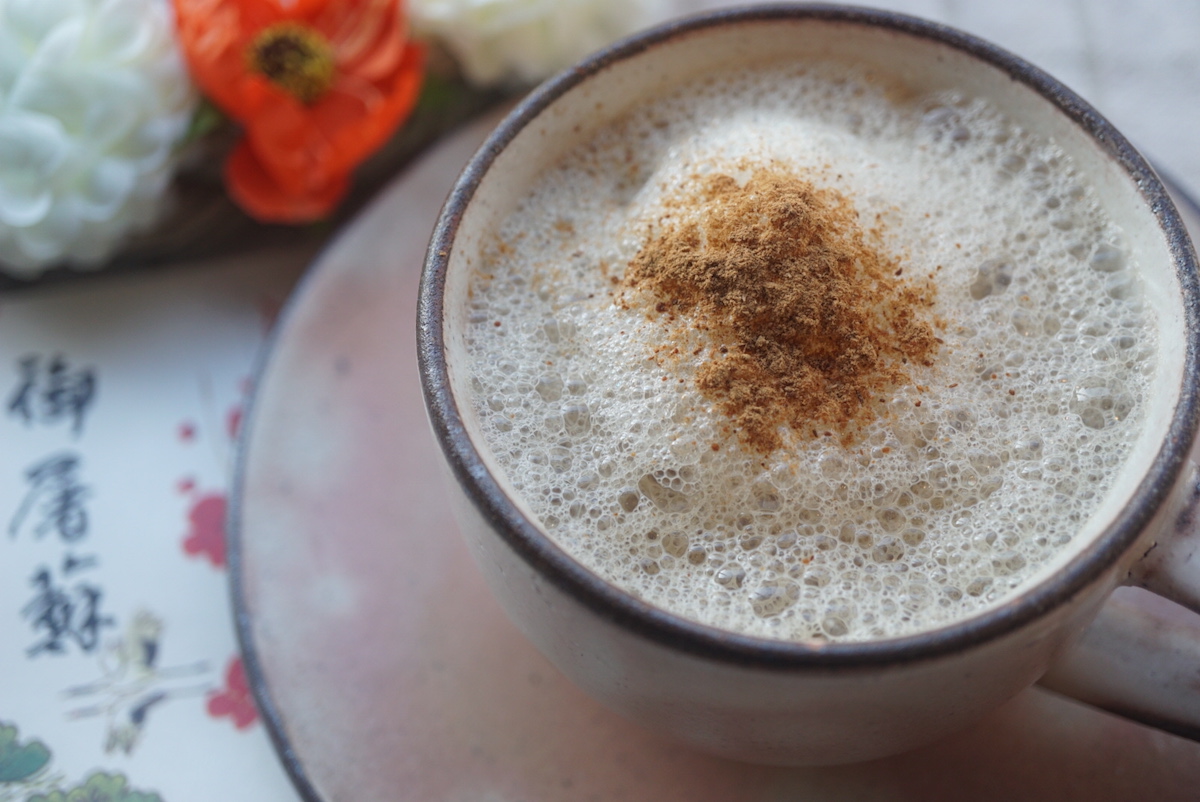
Ingredients
- 150g water
- 2 to 3 slices of ginger
- 1/2 cinnamon stick
- 3 tablespoons mirin or mirin syrup
- 2 tea bags of black tea
- 150 ml milk, whole or non-fat
- Cinnamon powder to taste
- If making with mirin or mirin syrup: 2 to 3 cardamom grains plus 2 to 3 cloves
Directions
3. Add milk and turn off the heat just before the ingredients reach a boil again.
Maho Tanabe, the organizer of "Mirin Sweets and Fermented Foods" at Minamoto Shokudo, is an inner beauty planner and owner of Minamoto cafeteria. With expertise in fermented foods using koji and sake, she is a recognized authority in the fermented foods industry.

